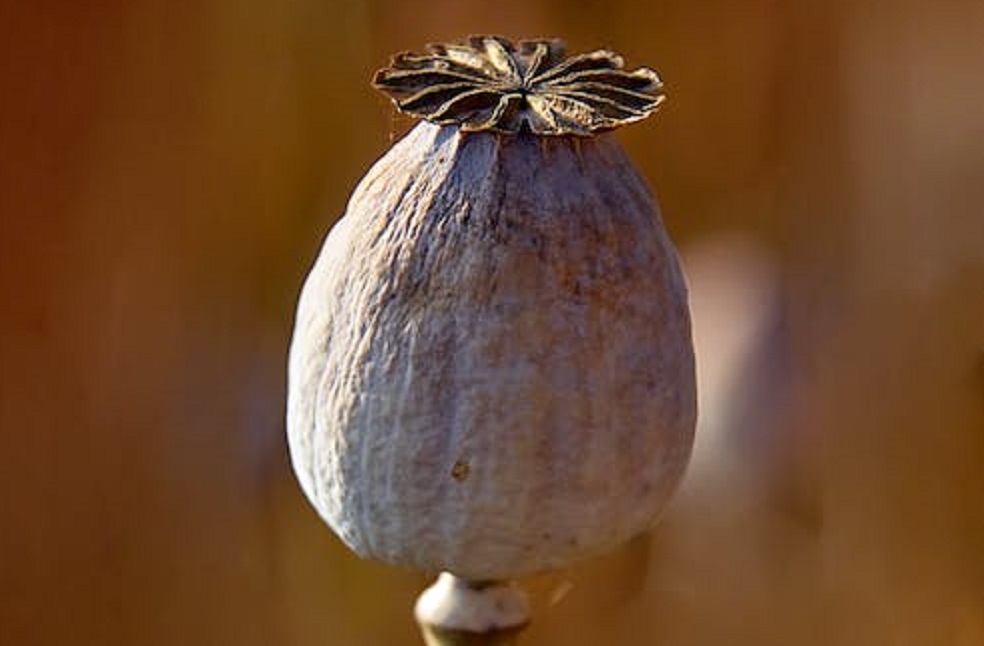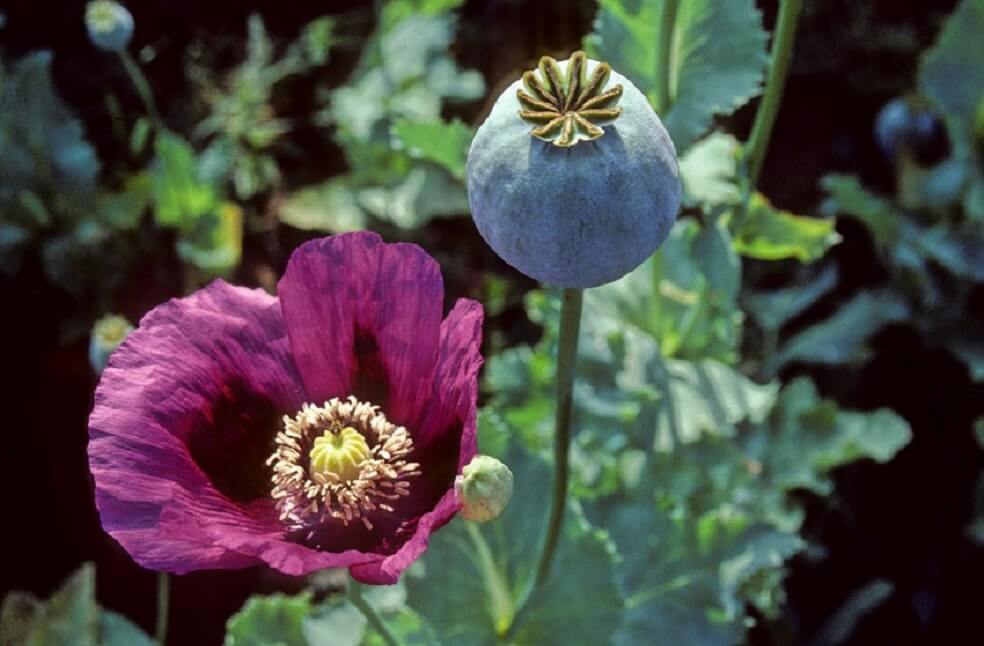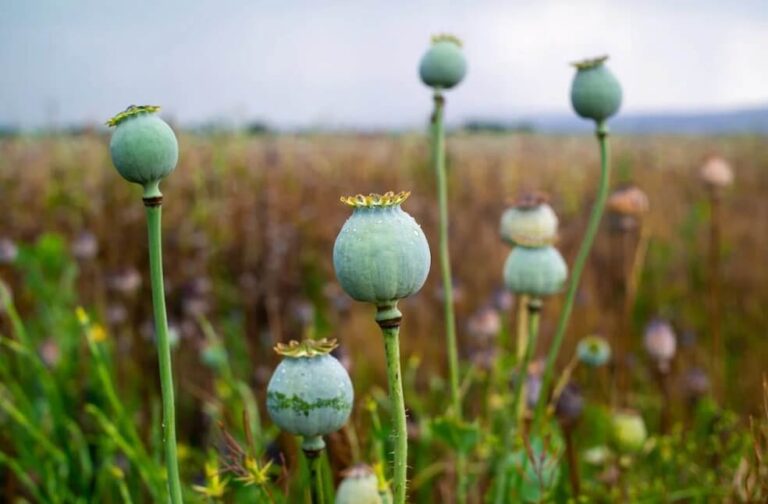Myanmar: A United Nations report has noted that production of opium has flourished in Myanmar since the military’s seizure of power, rising to a nine-year high.
According to the report by the UN Office on Drugs and Crime, in 2022, in the first full growing season since the military wrested control from the democratically elected government of Ms. Aung San Suu Kyi in 2021, Myanmar saw a 33 percent increase in the cultivation area to 40,100 hectares.

“Economic, security, and governance disruptions that followed the military takeover of February 2021 have converged, and farmers in remote, often conflict-prone areas in northern Shan and border states have had little option but to move back to opium,” Mr. Jeremy Douglas, the UN office’s regional representative, commented.
“Virtually all the heroin reported in east and south-east Asia and Australia originates in Myanmar, and the country remains the second-largest opium and heroin producer in the world after Afghanistan,” Mr. Douglas continued.
“There is no comparing the two at this point, as Afghanistan still produces far more, but the expansion under way in Myanmar should not be dismissed and needs attention as it will likely continue and is directly tied to the security and economic situation we see unfolding today,” the UN representative further added.

“It is really where the value is for traffickers. Very high profits,” Mr. Douglas remarked.
According to UN estimates, Myanmar’s opium economy is valued at up to $2 billion (£1.6 billion), while the regional heroin trade is valued at approximately $10 billion.
Myanmar is the world’s second-largest producer of opium, after Afghanistan. The two countries are the source of most of the heroin sold around the world.



